Editor’s David M. Perry, a journalist, historian, and senior academic adviser at the University of Minnesota's history department, and Matthew Gabriele, a professor of medieval studies in the Department of Religion and Culture at Virginia Tech, offer their perspective. Co-authors of “The Bright Ages: A New History of Medieval Europe,” their upcoming book, “Oathbreakers: The War of Brothers that Shattered an Empire and Made Medieval Europe,” is set to release in December 2024. The opinions expressed herein are solely those of the authors. Explore more viewpoints on CNN.
In recent days, protests spearheaded by college students denouncing Israel’s actions amid the ongoing conflict in Gaza have proliferated nationwide. These demonstrations, emblematic of a complex national discourse, encapsulate diverse attitudes, personas, agendas, and responses. Yet, what captivates our historical lens is the remarkable emergence of college professors advocating for their students. Noteworthy instances abound: at Emory, Noëlle McAfee, chair of the philosophy department, faced arrest while defending her students; Caroline Fohlin, an economics professor, was forcibly apprehended after intervening to halt the mistreatment of another student. Troubled by law enforcement's actions against peaceful demonstrators, faculty members at the University of Texas-Austin orchestrated a strike, while their counterparts at CUNY physically shielded protestors from police intervention.
As articulated in our work, “The Bright Ages,” the alliance between faculty and students in resisting external political intrusion lies at the heart of the modern university. Indeed, it underscores the very essence of the term “university.” Throughout much of medieval Europe, centers of learning resided within religious institutions, predominantly cathedrals. Situated in burgeoning urban hubs, these establishments provided conducive environments for scholars and learners to congregate under the oversight of the cathedral’s archdeacon (referred to as the “provost”) and archpriest (termed the “dean”).
In the waning years of the 12th century, a pivotal institution emerged, nestled around the grandeur of Notre Dame Cathedral in Paris, drawing scholars and learners from distant corners of Europe. Paris, burgeoning with wealth and bolstered by the ascendancy of the French monarchy, cast an irresistible allure. Amidst the relative harmony, a subtle friction simmered between the city dwellers and the scholarly cohort.
However, the year 1200 CE etched an indelible mark on history's canvas. A cohort of Parisian students fell victim to a duplicitous merchant, sparking an inebriated rampage that left a local shop in ruins. What ensued was a tragic spiral of reprisals, culminating in a brutal assault by the merchant, backed by a band of accomplices, targeting the students within the hallowed precincts of the school.
In a rare display of solidarity, the faculty, unified with their charges, embarked on a collective strike, demanding retribution and safeguarding justice. Responding to the uproar, King Philip II Augustus of France heeded the students' plea, denoting them and their mentors as a “corporate body” endowed with distinct rights. It was under this aegis that the term "universitas" entered the lexicon, symbolizing a newfound collective identity.
Thus, from the crucible of adversity, the modern university emerged, its genesis shrouded in the tumult of a tavern brawl and the specter of vigilantism. This seminal episode underscores a timeless verity: the university thrives only when its constituents, students, and faculty alike, stand united, wielding formidable influence.
While the nomenclature of the Parisian cathedral school as a “university” gained currency in subsequent decades, its nascent rights faced swift scrutiny. In a somber echo of history, the year 1229 bore witness to a disquieting déjà vu. Another altercation, another affront to student dignity, yet this time met with a chilling reprisal. As tensions flared anew, the queen, swayed by populist sentiment, dispatched her forces to quell the unrest, casting a shadow over the hard-fought liberties of academia.
Once more, the educators rallied to the students' cause, invoking their collective identity as a universitas and vehemently opposing external interference. Yet, this time, the monarchy remained resolute in its stance. An air of apprehension enveloped the royal court, fueled by trepidation over the burgeoning autonomy of this corporate entity. The curriculum, featuring controversial texts such as Aristotle's works and the writings of Islamic thinker Ibn Rushd, stirred unease among the ruling elite, prompting calls for stringent oversight and control over the youthful minds under their purview.
The tavern skirmish provided a pretext for political machinations to seize control of the institution. However, undeterred by the specter of reprisal, the teachers steadfastly aligned with their students. A decisive strike ensued, as every mentor and mentee, in a display of unwavering solidarity, departed the city, vowing a prolonged absence.
The monarchy, confronted with the specter of an academic exodus, recoiled in horror and swiftly moved to ameliorate the crisis. It was not until two years later, with the papal issuance of a decree affirming the university's prerogative to self-regulate and curtailing the dominion of the king and bishop over its constituents, that tranquility was restored. This organizing principle, a beacon of enlightenment amidst tumultuous times, found emulation in institutions across the European landscape, laying the cornerstone for the modern university.
Today, universities stand as venerable bastions of medieval Europe's legacy, serving as poignant reminders of the enduring alliance between educators and learners in the pursuit of knowledge. Yet, lurking on the periphery, external forces perpetually seek to subjugate this sacred quest. It is incumbent upon educators to heed the lessons of history, to stand steadfast alongside their students in the face of adversity.
Courage, in its myriad forms, becomes the clarion call of the hour, whether it be confronting the onslaught of armed authorities or advocating for leniency in academic matters. Through these small yet profound gestures of solidarity, the true essence of the medieval university reverberates—a testament to the resilience of a community united in the pursuit of enlightenment.
As we navigate the complexities of the present, let us draw inspiration from the annals of history, where unity between teachers and students once defied the might of kings. Let us confront the real "outside agitators"—the politicians who seek to stifle the voice of academia and erode the sanctity of free expression and education.
In conclusion, the saga of the medieval university, born amidst the tumult of bygone eras, resonates with timeless truths and enduring principles. It serves as a poignant reminder of the symbiotic relationship between educators and students, bound by a shared commitment to the pursuit of knowledge and enlightenment.
As custodians of this noble legacy, it behooves us to remain vigilant in safeguarding the autonomy and integrity of our academic institutions. In the face of external pressures and political machinations, let us emulate the resilience and solidarity of our forebears, standing resolute in defense of academic freedom and intellectual inquiry.
For in the annals of history, we find inspiration and guidance, illuminating a path forward where unity and courage prevail against the forces of oppression and ignorance. Together, as stewards of learning and enlightenment, let us forge ahead, ever mindful of our shared responsibility to uphold the sanctity of education and the pursuit of truth.




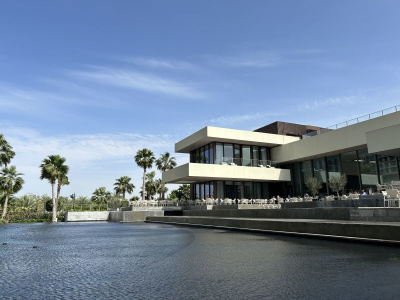

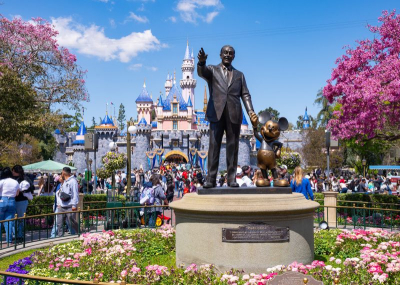
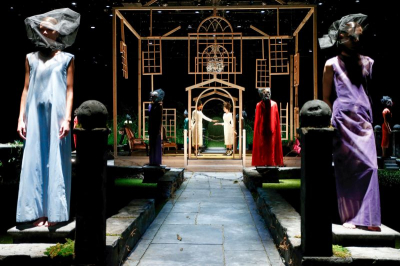

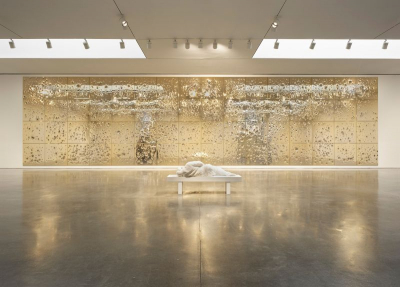
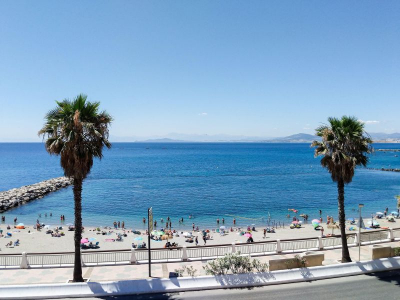

![Unmatched Excellence: 30 Years, Zero Lost Bags - The Remarkable Record of [Airport's Name]](/media/k2/items/cache/11d1150d71d7fad2b9b66fe40cd35dcb_M.jpg)